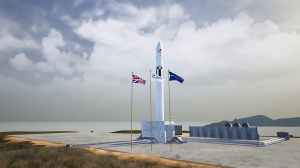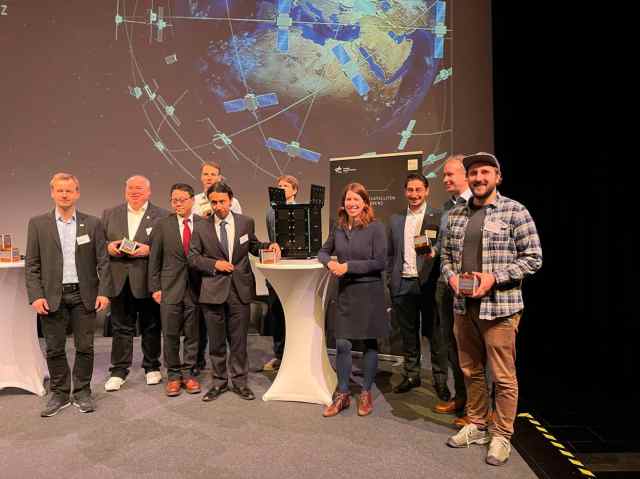Two more amateur radio satellites, MARIA-G (HADES-F) and UNNE-1 (HADES-E), are planned to launch from the UK’s SaxaVord Spaceport later in 2024.
Previously announced amateur radio payloads on the launch are:
ERMINAZ-1U and -1V from AMSAT-DL
GENESIS-MA and -ME from AMSAT-EA
QUBIK 5, SIDLOC-PQ-1 and -PQ-2 from Libre Space Foundation
MARIA-G
A 1.5u Pocketqube. MARIA-G will offer radio amateurs around the world the opportunity to relay FM voice and AX.25 / APRS 300 / 1200 bps communications. The satellite will also transmit telemetry with its status and voice and CW messages. This all will be achieved by implementing a SDR based FM and FSK repeater. The FM / FSK repeater will be available all time and opened by squelch level without the need of a PL tone/CTCSS.
Main mission for MARIA-G is to be a FM repeater but it will also include a simple guess game being implemented by students at Maria Guerrero High School in Collado Villalba – Madrid (Spain). The satellite will send a clue each week in CW so radioamateurs will have to solve the mystery by having all the clues.
A small experiment, developed by Fraunhofer-Gesellschaft research organization (Germany) will also fly on the satellite to make proof of concept transmissions of a TS-UNB waveform from a low Earth orbit. It will transmit a TS-UNB message according to the ETSI standard ETSI-TS-103-357. It is intended solely as a research and development project with no commercial intent, all its data public and open. ITU modulation classification would be 100K W2DWW but the bandwidth will be narrowed. The operation of this experiment will be managed by AMSAT-EA.
UNNE-1
 A 1.5u Pocketqube. UNNE-1 will offer radio amateurs around the world the opportunity to relay FM voice and AX.25 / APRS 300 / 1200 bps communications. The satellite will also transmit telemetry with its status and voice and CW messages.
A 1.5u Pocketqube. UNNE-1 will offer radio amateurs around the world the opportunity to relay FM voice and AX.25 / APRS 300 / 1200 bps communications. The satellite will also transmit telemetry with its status and voice and CW messages.
This all will be achieved by implementing a SDR based FM and FSK repeater. The FM / FSK repeater will be available all time and opened by squelch level without the need of a PL tone/CTCSS.
A small guessing-game is being implemented by students of Universidad de Nebrija (Spain). The satellite will send a clue each week in its telemetry so radio-amateurs will have to solve the mystery by having all the clues. Game will be detailed in AMSAT-EA and Universidad de Nebrija websites.
The main mission for the satellite is acting as a FM voice repeater although due to its SDR nature it can repeat data too. This satellite is based on the hardware of HADES-D (SO-121) that’s currently being used to amateurs worldwide. The guess game implemented by the University is a small challenge for the radio-amateurs and its mission is to make the reception of signals from the satellite fun for youngsters, expecting them to be future radio amateurs.
Proposing a UHF downlink, VHF Uplink for FM voice, FSK data up to 1200 bps, APRS up to 1200 bps and FSK telemetry and experimental data up to 1600 bps and CW.
These two satellites are part of the Erminaz mission, a joint effort by AMSAT-DL, AMSAT-EA and Libre Space Foundation. Planning a DLR/ESA launch from the UK SaxaVord Spaceport in Summer 2024 into 500/600 km polar orbit.
IARU satellite frequency coordination pages https://iaru.amsat-uk.org/index.php
AMSAT-DL ERMINAZ https://amsat-dl.org/en/erminaz/
AMSAT-EA projects https://www.amsat-ea.org/proyectos/
Libre Space Foundation projects https://libre.space/projects/







You must be logged in to post a comment.